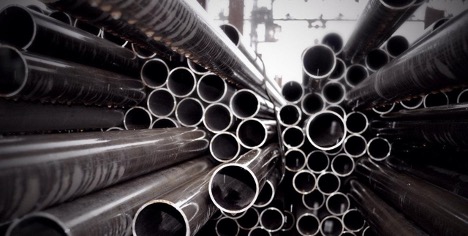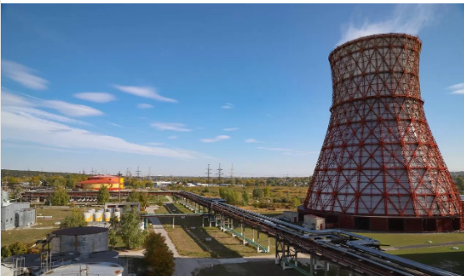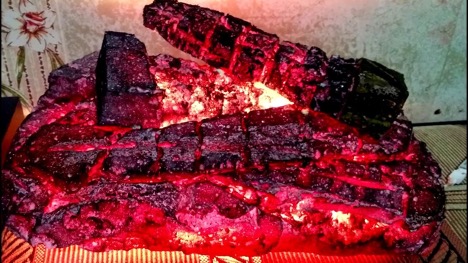Oil painting of metal pipes from the inside: how to paint
- Painting metal pipes is an important step in the processing and protection of metal structures. A particularly challenging task is painting the inside of pipes. After all, this requires special technology and attention to detail. In this article we will look at the rules for painting metal pipes and describe mistakes during the work. We'll also give you some tips on how to do this process correctly the first time.

The content of the article
Preparing for painting: important steps
Before you begin painting metal pipes, you must carefully prepare the surface. First you need to clean the inner surface of the pipe from dirt, rust and old paint. This can be done using a wire brush. You can also use abrasive materials. After cleaning, the surface should be degreased using special products or solvents.
It is also important to ensure that the interior surface is completely dry before applying paint. After all, moisture can negatively affect the quality of the coating.
Choosing paint: why oil?
One of the main reasons why oil-based pipe painting is the preferred choice is its durability. Oil paints create a dense and durable coating.It effectively protects the metal from corrosion, moisture and other external influences. This is especially important for pipes exposed to high humidity. This is also a critical indicator for materials exposed to aggressive environments.
Oil paints have excellent resistance to various external factors. They do not fade when exposed to ultraviolet rays. They also do not crack due to temperature changes. This makes them an ideal choice for painting pipes that may be exposed to various external influences, including in industrial environments.
Despite their high performance characteristics, oil paints remain an affordable and economical solution. They are available in a wide range of colors and are easy to apply, making them a popular choice for a variety of jobs, including painting metal pipes.
Advantages of oil paints:
- High resistance to corrosion and moisture.
- Durability and resistance to external influences.
- Wide selection of colors and shades.
- Easy to apply and accessible.
Choosing an oil paint for painting pipes will provide long-term protection and preserve the aesthetic appearance of metal structures for many years.

Painting technique: how to paint a pipe from the inside
Before you start painting the inside of the pipe, it is important to prepare all the necessary tools and materials. This task will require special sprayers or long brushes designed to work in hard-to-reach areas. You will also need oil paint of a suitable color and quality, as well as a solvent for thinning the paint and cleaning tools after use.
Painting the inside of a pipe requires a special paint application technique.To achieve uniform coverage, it is recommended to use thin coats of paint applied sequentially. This will prevent drips and unevenness. If a sprayer is used, it is important to maintain a constant distance from the surface of the pipe and move it evenly along the pipe to avoid over-applying paint in one area.
When working with oil-based painting of pipes, it is necessary to take into account the features of this type of paint:
- Drying time. Oil paint takes longer to dry, so you need to allow enough time between coats.
- Smell. Oil paints can have a strong odor, so work should be done in a well-ventilated area or outdoors.
- Cleaning tools. After use, instruments must be thoroughly cleaned with solvent.
If you follow all these recommendations, painting the inside of pipes will be done with high quality and will provide a durable coating that protects the metal from corrosion and external influences.
Mistakes when painting the inside of metal pipes with oil paint
One of the key mistakes when painting pipes with oil paint is insufficient or incorrect surface preparation. Before applying paint, it is important to thoroughly clean the inside surface of the pipe from rust, dirt and old paint residues. If the surface is not properly prepared, the paint may not adhere well to the metal, causing it to peel off quickly and reduce its protective properties.
Another common mistake is applying paint incorrectly.How to paint the inside of a pipe to avoid problems? It is important to distribute the paint evenly over the entire surface, avoiding too thick layers, which can lead to drips and uneven drying. It is also critical to give each coat of paint enough time to dry before applying the next.
Oil paint has its own characteristics that are often ignored. This includes its tendency to take a long time to dry and its stronger odor compared to water-based paints. Without taking these factors into account, you may encounter problems during the drying process and further use of the painted surface.
In conclusion, if you are concerned about how to properly paint a metal pipe, you need to understand that it is a process that requires patience and attention to detail. After painting, it is important to allow enough time for the paint to dry completely before using the pipe.





